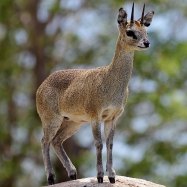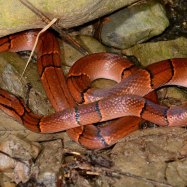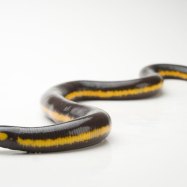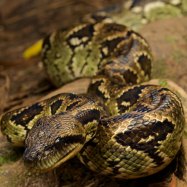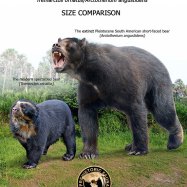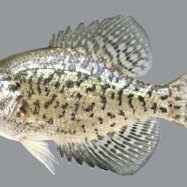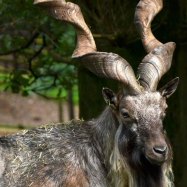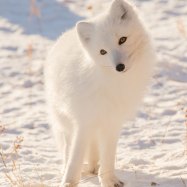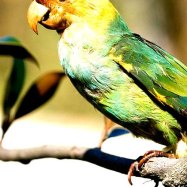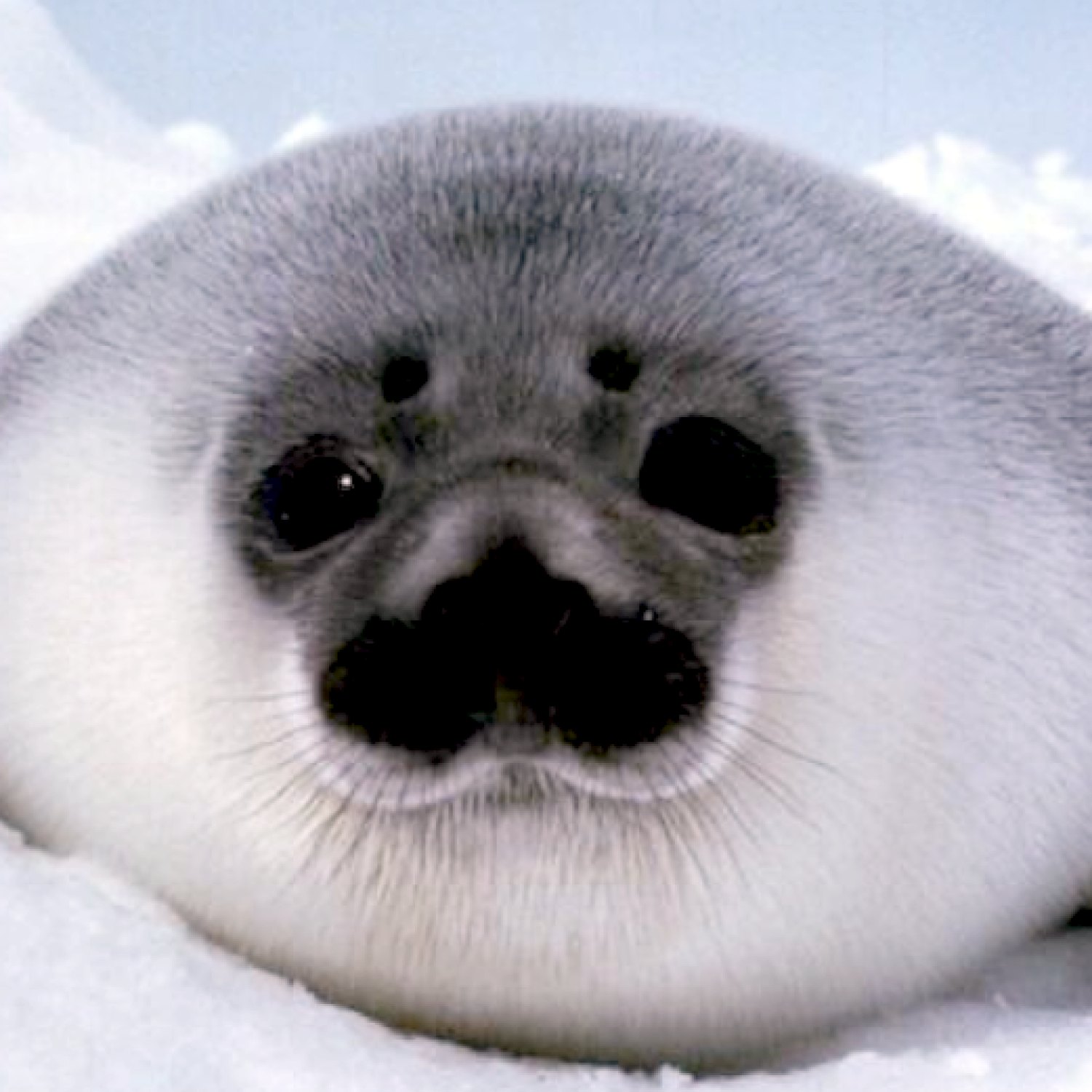
Hooded Seal
2.6 to 3.5 meters
The hooded seal is a magnificent creature that can be found along the coastlines and pack ice of our planet. These large, robust animals have elongated snouts and short flippers, making them powerful swimmers. Belonging to the Phocidae family, they can grow up to 2.6 to 3.5 meters in length. #HoodedSeal #Coastalareas #PackIce #Phocidae #MarineAnimals
Animal Details Summary:
Common Name: Hooded Seal
Kingdom: Animalia
Habitat: Arctic and subarctic regions
The Fascinating Hooded Seal: Mysterious Creature of the Arctic
The animal kingdom is filled with incredible creatures, each with its unique traits and abilities. Among them, the Hooded Seal stands out as a mysterious and fascinating creature, thriving in the harsh and icy environment of the Arctic and subarctic regions. With its distinctive hood-like nasal sac, the Hooded Seal has captured the curiosity and imagination of researchers and animal lovers alike.Scientifically known as Cystophora cristata, the Hooded Seal is a member of the Phocidae family, also known as the true seals Hooded Seal. It is categorized under the kingdom Animalia, phylum Chordata, and the class Mammalia, making it a close relative to other marine mammals such as walruses and sea lions. This remarkable animal has captured the interest of scientists and researchers due to its unique physical features, behavior, and geographic distribution.
Habitat and Distribution
The Hooded Seal can be found in the Arctic and subarctic regions, with its distribution stretching across the North Atlantic and Arctic. It is most commonly seen in Canada, Greenland, Russia, and Norway, making its presence known in the coastal areas and pack ice of these countries. The Hooded Seal is an excellent swimmer and can dive to great depths, making it well-suited for life in the Arctic ocean.
Appearance and Features
The Hooded Seal is a striking creature with a large and robust body, often weighing up to 300-400 kgs. Its body shape is highly adapted for its life in the water, with a streamlined body, elongated snout, and short flippers, making it an efficient swimmer. While its body is mostly grey in color, the Hooded Seal gets its name from the distinctly colored hood-like nasal sac that males develop during the mating season. This sac can be inflated and deflated, creating a distinctive and impressive look that makes the Hooded Seal stand out among other species Harbor Seal.
The coloration of the Hooded Seal varies according to age and sex. Male Hooded Seals have darkened faces with light or dark bands, while females and juveniles are silvery grey. This difference in coloration is essential in the Hooded Seal's social structure, with males using their hooded noses to attract females and intimidate other males during mating season.
Feeding and Behaviors
The Hooded Seal is a carnivorous animal, with its diet mostly consisting of a variety of fish, squid, and crustaceans. It has sharp teeth, allowing it to catch and consume its prey quickly. The Hooded Seal is a solitary animal, spending most of its time hunting and feeding in the frigid waters of the Arctic. However, during the breeding season, they gather in large groups on the pack ice for mating and birthing.
Reproduction and Life Cycle
The breeding season for Hooded Seals occurs between February and May, during which time they travel to the pack ice to find a suitable mate. Mating occurs within the group with the strongest males successfully attracting the most females. After a gestation period of 9-11 months, the female Hooded Seal gives birth to a single pup on the pack ice between late March and April. The mother and pup stay together for around 12 days, during which the pup is nurtured, and the mother fasts. After this time, the pup is weaned and left to fend for itself, usually reaching independence after 3-4 weeks.
The Role of the Hooded Seal in the Ecosystem
The Hooded Seal plays a vital role in the Arctic ecosystem, as it is an apex predator, keeping the balance of other populations in check. Its presence is significant, not only as a predator but also as a food source for other animals. Its abundance and distribution also indicate the health and stability of the Arctic marine environment.
Conservation Status
According to the International Union for Conservation of Nature (IUCN), the Hooded Seal is classified as a species of "least concern." However, hunting of Hooded Seals was widespread until the early 1980s, with almost one million seals killed between 1950 and 1984. Today, hunting is more closely regulated, and the population is considered to be stable.
The Role of Artificial Intelligence in the Study of Hooded Seals
With advancements in technology, researchers have been able to use Artificial Intelligence (AI) to study the behavior and population of Hooded Seals. By using AI-powered drones and thermal imaging cameras, researchers can track and study the Hooded Seal's movements and breeding patterns in its natural environment without causing any disturbance. AI has also been used to analyze pup growth and survival rates, giving vital insights into the species' overall health and well-being.
Conclusion
The Hooded Seal is a truly unique and captivating creature, with its hooded nose and exceptional abilities to thrive in the harsh Arctic environment. Its role in the ecosystem and its interaction with other species make it a crucial animal to study and protect. As advancements in technology continue, we can hope to gain a deeper understanding of the Hooded Seal and its behavior, ensuring its conservation for future generations to come.

Hooded Seal
Animal Details Hooded Seal - Scientific Name: Cystophora cristata
- Category: Animals H
- Scientific Name: Cystophora cristata
- Common Name: Hooded Seal
- Kingdom: Animalia
- Phylum: Chordata
- Class: Mammalia
- Order: Carnivora
- Family: Phocidae
- Habitat: Arctic and subarctic regions
- Feeding Method: Carnivorous
- Geographical Distribution: North Atlantic and Arctic
- Country of Origin: Canada, Greenland, Russia, Norway
- Location: Coastal areas, pack ice
- Animal Coloration: Varies by age and sex, males have darkened faces with light or dark bands, females and juveniles are silvery grey
- Body Shape: Large, robust bodies with elongated snouts and short flippers
- Length: 2.6 to 3.5 meters
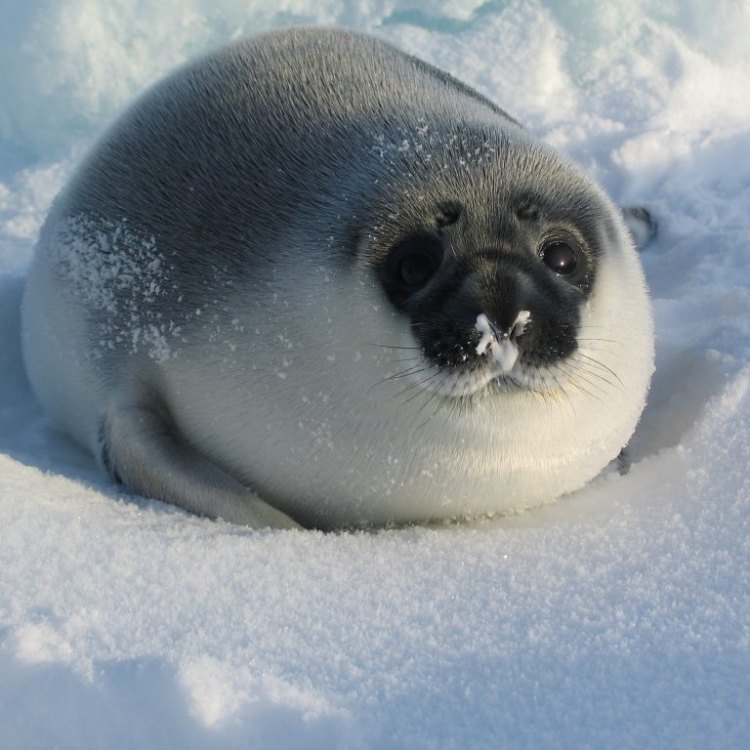
Hooded Seal
- Adult Size: Weight: 200 to 300 kg
- Average Lifespan: Around 25 to 30 years
- Reproduction: Sexual
- Reproductive Behavior: Polygynous (males mate with multiple females)
- Sound or Call: Males produce a loud, eerie mating call
- Migration Pattern: Migratory
- Social Groups: Solitary, though they gather in large numbers during mating season
- Behavior: Aggressive during mating season, otherwise generally calm
- Threats: Climate change, habitat loss, hunting
- Conservation Status: Least Concern
- Impact on Ecosystem: Important role in the Arctic food web
- Human Use: Hunted by indigenous peoples for food, oil, and other products
- Distinctive Features: Large nasal cavity, inflatable hood on males
- Interesting Facts: They are known for their distinctive inflated hood, which they use for displays and courtship rituals. Their blubber is 3 inches thick, which provides insulation in cold waters. They have a unique adaptation that allows their nostrils to close tightly when underwater. Hooded seals are capable of diving to depths of up to 1,000 meters and can stay underwater for long durations. During the mating season, males fight for breeding rights and the winner achieves the highest reproductive success. Hooded seals have a unique migration pattern, traveling from the Arctic in summer to more temperate waters in winter.
- Predator: Orcas, polar bears
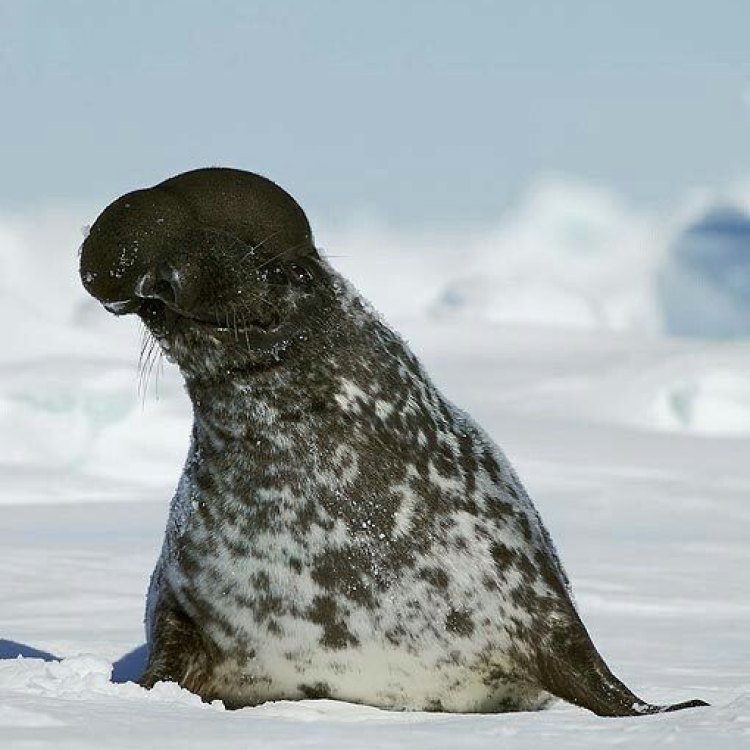
Cystophora cristata
The Fascinating World of the Hooded Seal: A Unique Species of the Arctic
The world is full of incredible and diverse creatures, and one such species that captivates the imagination is the hooded seal. These enigmatic creatures are native to the Arctic, and their distinctive features and behaviors make them a fascinating subject of study. In this article, we will delve into the world of the hooded seals, exploring their physical characteristics, behaviors, threats, and importance in the ecosystem.The hooded seal, scientific name Cystophora cristata, is a large earless seal species found in the Arctic PeaceOfAnimals.Com. They are one of the largest species of seals, with an adult weight ranging from 200 to 300 kg. These seals have a round, barrel-shaped body, with a short tail and elongated flippers. Their coat is characterized by a mottled gray or silver color, with dark blotches and spots. The most distinctive feature of the hooded seal is the large, inflatable hood on the males. This hood can be inflated to a balloon-like size and is used for displays and courtship rituals during the mating season.
Hooded seals have an average lifespan of 25 to 30 years, and their reproductive behavior is sexual. These seals are polygynous, which means that males mate with multiple females during the breeding season. The breeding season usually takes place between late February and early May, with the peak in April. During this time, the seals gather in large numbers on the pack ice for mating Houdan Chicken. The males produce a loud, eerie mating call, which can be heard from a distance of up to 50 kilometers, attracting females for breeding.
One of the most interesting facts about hooded seals is their unique adaptation to diving. These seals have a large nasal cavity and special muscles, allowing them to close their nostrils tightly when underwater. This adaptation enables them to hold their breath for long durations and dive to depths of up to 1,000 meters. They also have a thick layer of blubber, up to 3 inches, which provides insulation in cold Arctic waters.
Apart from their distinctive physical characteristics, hooded seals also have intriguing behaviors. They are generally solitary animals but gather in large numbers during the breeding season. During this time, the male seals become highly aggressive, fighting for breeding rights. The winner of these battles gains the highest reproductive success, and thus, only a few males get the chance to mate.
Hooded seals follow a migratory pattern, traveling from the Arctic to more temperate waters during the winter. In summer, these seals can be found in the pack ice around Greenland, Iceland, and eastern Canada. But in winter, they migrate to the Gulf of St. Lawrence, Newfoundland, and Labrador. Their unique migration pattern is essential for many reasons, including access to food sources, protection from predators, and breeding opportunities.
Now, let's talk about the threats that these magnificent creatures face. Like many other species in the Arctic, hooded seals are also under threat from multiple factors. Climate change is perhaps the most significant threat to these seals. The rising temperatures have a direct impact on the pack ice, which is their primary habitat. As the ice melts, it makes it challenging for the seals to find suitable breeding grounds and hunt. These changes also disrupt their migration patterns, leading to a decrease in their population.
Habitat loss is another significant threat to hooded seals. As the ice continues to melt, it not only affects the seals but also the prey species they depend on. This ripple effect can ultimately lead to a decline in the seal population. Furthermore, hunting by humans has also had a significant impact on their numbers. In the past, hooded seals were hunted for their oil, meat, and other products. However, today, they are protected by law, and the hunting of these seals is strictly regulated.
Despite these threats, the International Union for Conservation of Nature (IUCN) has listed hooded seals as a species of "Least Concern" on the Red List of Threatened Species. This designation means that they are not currently in danger of extinction, but conservation efforts are still necessary to ensure their survival.
Apart from their importance in the Arctic ecosystem, hooded seals also hold cultural and economic significance for the indigenous peoples in the region. They have been hunted by these communities for centuries, and seal products continue to play a vital role in their lives. The meat and oil of hooded seals are a staple in their diet, and other products such as skins and blubber are used for clothing, shelter, and tools.
In conclusion, the hooded seal is a unique and remarkable species, known for their distinctive features and behaviors. They play an essential role in the Arctic food web and have been an integral part of the culture and livelihoods of indigenous peoples. However, their population is facing several threats, and it is our responsibility to ensure their survival for future generations. By raising awareness and taking steps to mitigate the impact of climate change and habitat loss, we can help protect these magnificent creatures and preserve the diversity of our planet.
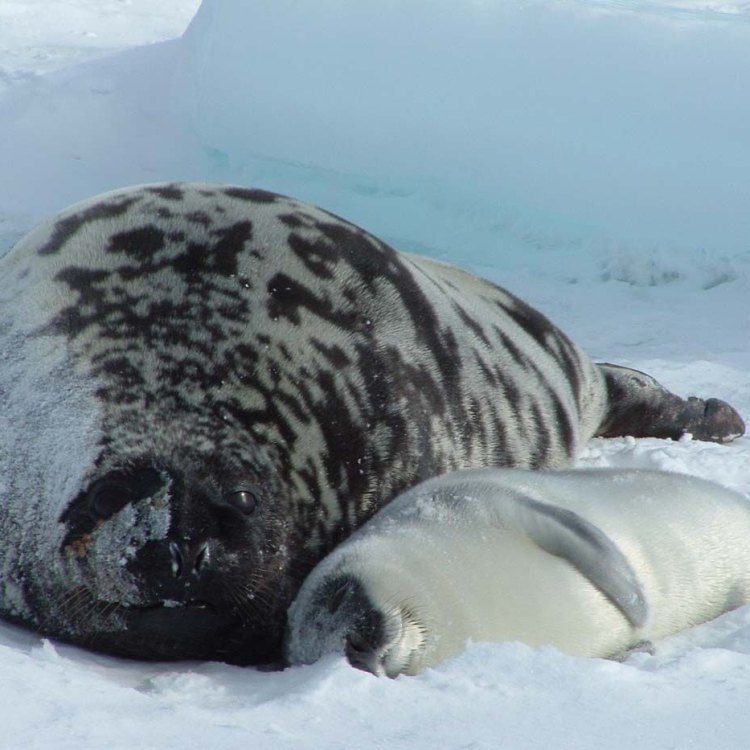
The Fascinating Hooded Seal: Mysterious Creature of the Arctic
Disclaimer: The content provided is for informational purposes only. We cannot guarantee the accuracy of the information on this page 100%. All information provided here may change without prior notice.

